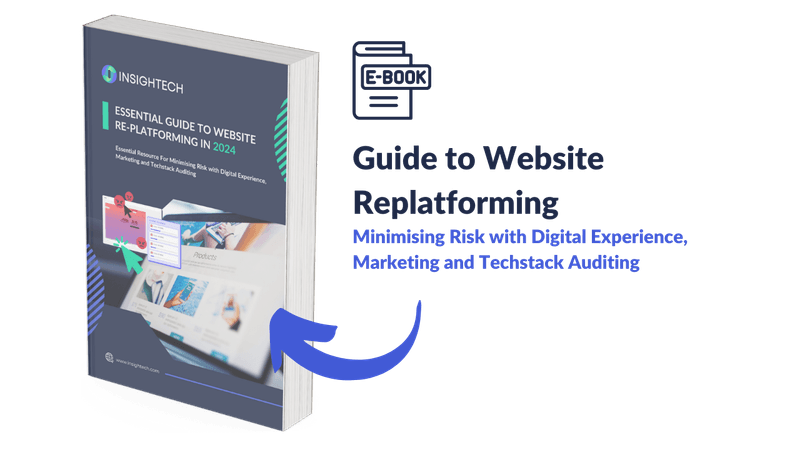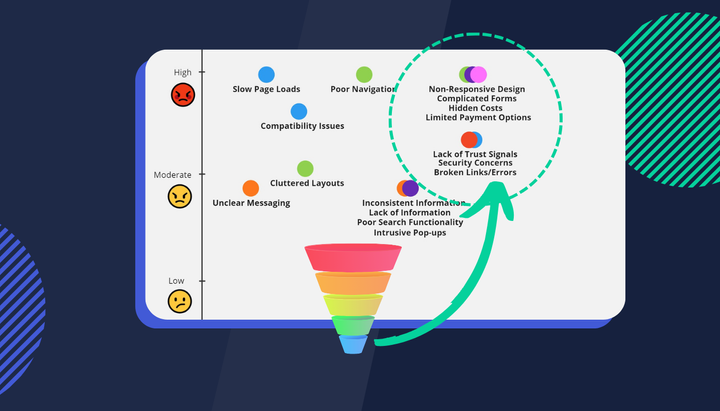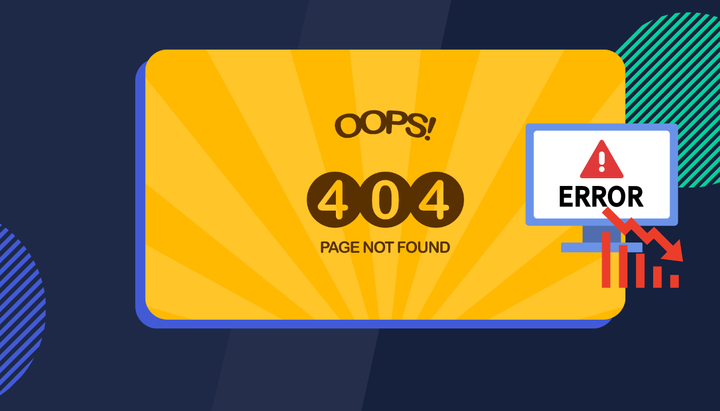A Beginner's Guide to (prioritised) A/B Testing
A/B testing, also known as split testing, is a method where two versions of a webpage, app, product, or feature are compared to determine which one performs better.

A/B testing is an essential component of your conversion rate optimisation strategy. But what exactly is A/B testing, and how can it transform your online presence? Let's dive into the basics of A/B testing, its importance, best practices, and how Insightech can play a pivotal role in enhancing this process.
What is A/B Testing?
A/B testing, also known as split testing, is a method where two versions of a webpage, app, product, or feature are compared to determine which one performs better. It involves showing these variations to users at random and using statistical analysis to identify which version achieves a specific conversion goal more effectively.
Why A/B Testing is Important
- Data-Driven Decisions: A/B testing replaces guesswork with real-world data, allowing for more informed decisions.
- User Experience Optimisation: It highlights which features impact user experience (UX) the most, guiding UX design decisions.
- Increased Engagement and Conversions: By understanding what works best, A/B testing can lead to higher user engagement and conversion rates.
- Risk Mitigation: It allows for low-risk optimisations by testing changes before full implementation.
How to Run an A/B Test
- Developing and Setting Up: Start by understanding user behaviour and identifying improvement opportunities.
- Researching Ideas: Use both quantitative and qualitative research to generate testable ideas.
- Identifying Goals and Hypotheses: Define clear conversion goals and develop hypotheses based on user insights.
- Executing the Test: Launch the test to gather data and determine the success of your hypothesis.
- Tracking and Evaluating: Analyse the results to understand the impact of the changes and make data-driven decisions.
Best Practices in A/B Testing
- Start with Clear Objectives: Define what you want to achieve with each test.
- Test One Change at a Time: This helps in pinpointing exactly what influences user behaviour.
- Consider Sample Sise and Duration: Ensure your test runs long enough to gather significant data.
- Analyse Results Thoroughly: Look beyond just the surface data to understand the impact of your test.
The Role of Insightech in A/B Testing
While Insightech is not an A/B testing tool, it significantly complements the A/B testing process. Insightech provides deep insights into why visitors to your website might be struggling, going beyond just identifying that there is a problem. With built-in features businesses have come to love such as session replays, click maps, and scrolling heatmaps, customers such as Westpac, Big Red Balloon and Leukemia Foundation are able to get full site visibility over how users interact with their website at key conversion points.
This depth of insight helps teams prioritise which A/B tests should be tested first based on expected conversion and revenue impact. The team at Insightech is happy to share more on a call which you can book here.
Conclusion
A/B testing is an essential tool in the arsenal of any digital product owner or website optimisation manager. It provides a systematic approach to understanding user preferences and making data-driven decisions. When combined with the powerful insights provided by tools like Insightech, A/B testing becomes even more effective, leading to enhanced user experiences and improved conversion rates.
Ready to optimise your website with informed decision-making? Explore how Insightech can complement your A/B testing strategies and drive success this year. Keep scrolling for some awesome free resources if you're not ready to look at software solutions just yet!
Free eBook: Comprehensive guide to navigating the complex process of website re-platforming.

- Identifying Limitations of the Current Platform
- Aligning Re-platforming Goals with Business Strategy
- Conducting a Comprehensive UX, Marketing and Tech Audit
- Questions to consider when analysing your site’s digital experience



